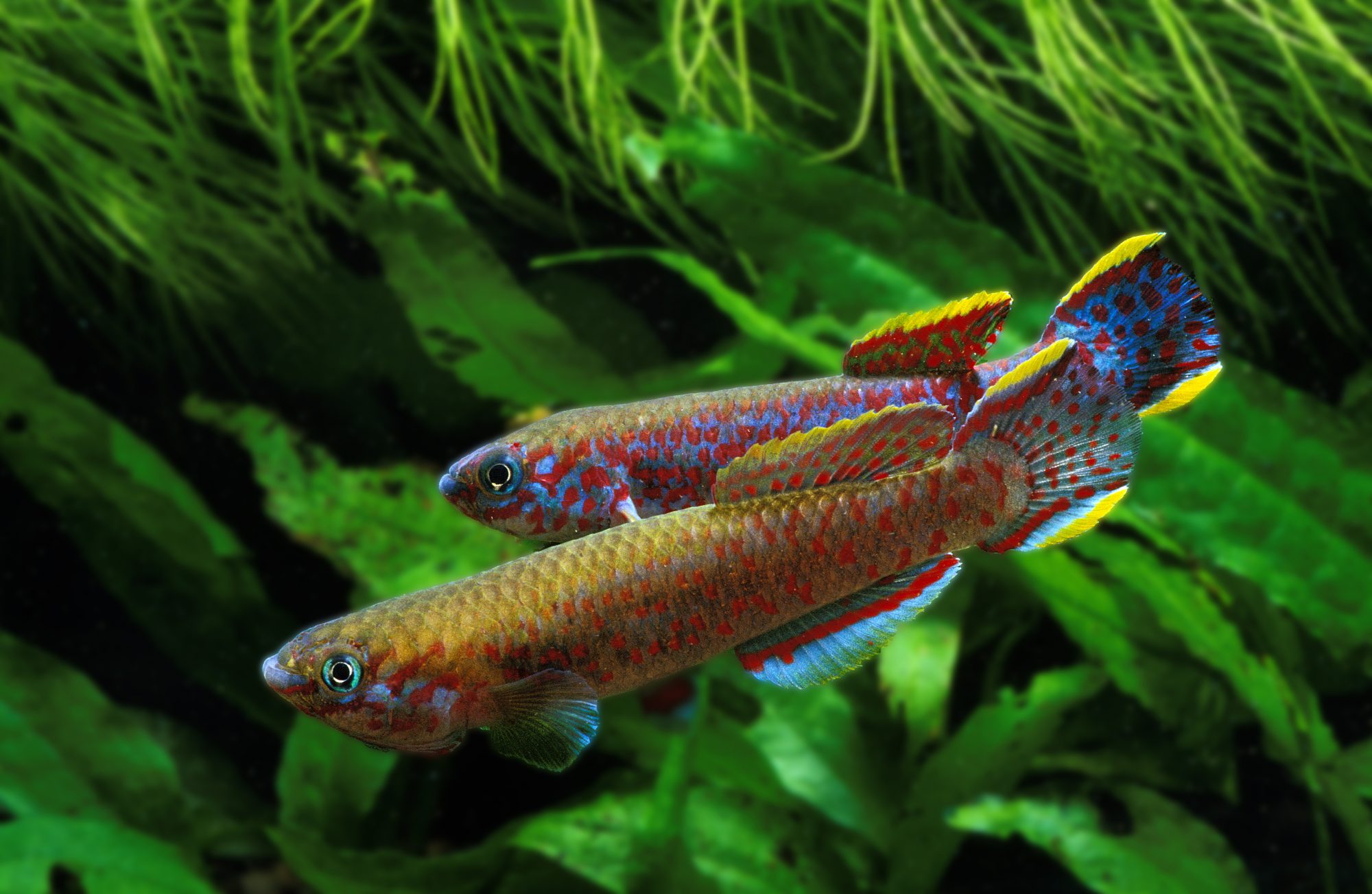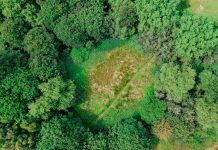The Australian Regenerative Medicine Institute (ARMI) at Monash University suggests that muscle wasting, known as sarcopenia, may be reversed in late-life
The study utilized the African killifish as a model and found that muscles revert to an “early-life” state, slowing mortality.
This discovery could potentially lead to interventions that slow down or even reverse age-related muscle loss.
What is sarcopenia?
Sarcopenia refers to the age-related loss of muscle mass, which goes beyond the normal decline that occurs with aging.
This condition not only affects muscle mass but also impacts gait, balance, and daily task performance.
While it was once thought to be an inevitable deterioration, researchers are now exploring potential treatments to prevent or slow down this process.
Symptoms of sarcopenia
Individuals with sarcopenia commonly suffer from weakness and a decline in stamina, which can significantly impact their physical abilities.
The reduced ability to carry out physical activities often results in decreased overall activity levels, further exacerbating the loss of muscle mass.
The first study to use the killifish to explore sarcopenia
According to Dr Ruparelia, Monash University is the first to use the killifish to study sarcopenia.
‘We performed a thorough cellular and molecular characterization of skeletal muscle from early life’
“In this study, we performed a thorough cellular and molecular characterization of skeletal muscle from early life, aged and extremely old late-life stages, revealing many similarities to sarcopenia in humans and other mammals,” she explained.

Sarcopenia is only set to become more common
Unfortunately, Sarcopenia is expected to increase in prevalence globally.
This emphasises the need to understand its mechanisms and develop suitable medical interventions for healthy muscle aging.
‘Researchers were able to reveal the metabolic hallmarks of aging’
In conducting this study, researchers were able to reveal the metabolic hallmarks of aging that are reversed during the late-life stage, coinciding with a decline in mortality rates.
Lipid metabolism plays a key role
Lipid metabolism was found to play a critical role, and drugs regulating lipid formation could potentially rejuvenate aging muscles.
The findings open possibilities for treating muscle aging and have implications for the growing aging population worldwide.
Using the killifish model provides a unique opportunity to study aging processes and develop strategies for healthy aging.











